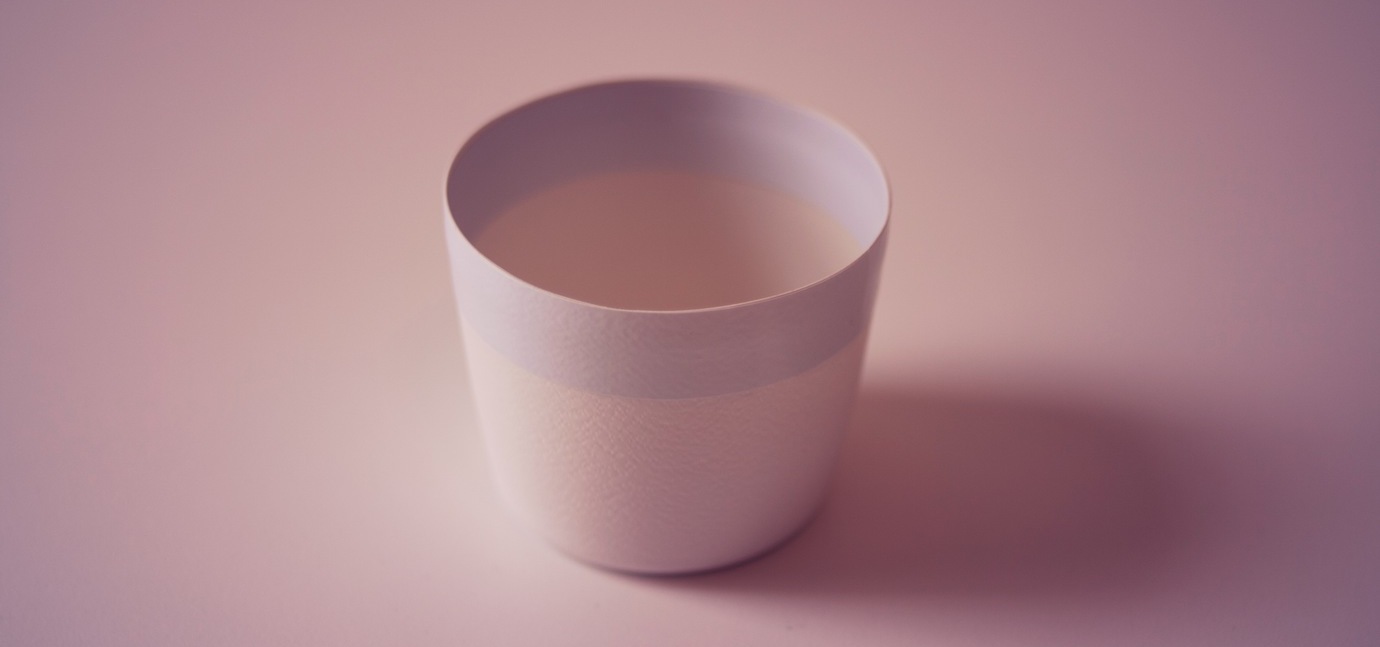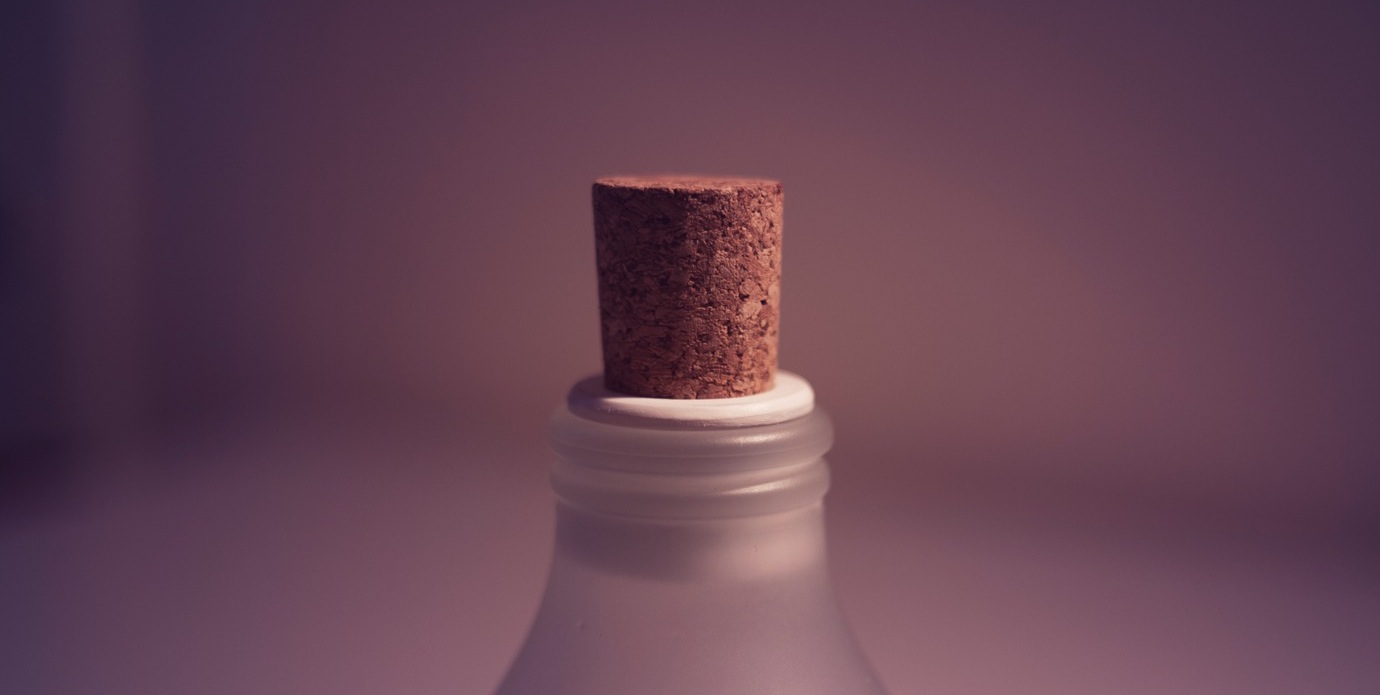Not Building Things
- by Saul Hardman and James King
I suppose this is the point at which I eat my words. My suspicions were correct; building things is only easy if you know how and have the right tools for the job. That doesn’t mean we gave up on our mission, just that we had to reel in our expectations, extend our timescale and seek the help of hired professionals. Our quest for knowledge and components was to see us traverse many previously unexplored areas of the University, and beyond.
With bottles in hand it was time for the first stop of this magical mystery tour. Of all the University buildings, Brunel is the one which looks most like it could house a device capable of cutting our bottles. Yet, to our dismay; the craftsmen of Brunel were not in the business of glass, but were helpful enough to identify the tools for the job and those who might possess them.
After venturing to an industrial estate (the native habitat of the common tradesman) we quickly located a glass specialist who attempted the delicate procedure of severing the bottles bottoms. His tile cutting knife and the relatively low quality of the glass bottles meant the demise of 2 of our vessels.
However, we hadn’t put all of our eggs into one basket; in the end our saviour came in the form of a friend who attends the Art College who masterfully cut a couple of bottles using a diamond edged saw, oh là là.
Our original plans involved encasing the technological gizzards in strong PVC tubing and possibly filling the spaces with foam padding. However after many hours spent traipsing between plumbing suppliers we realised that finding the specific diameters would not be easy. We heard rumours of some PVC insulation sleeving that would be perfect. The only problem was that specific type of pipe had recently been banned for starting fires and so was no where to be found.
Looking for the internal padding we stumbled upon some foam piping insulation that would actually be a perfect replacement for the pipe holding the tech. The foam would allow us to excavate specific component sized holes to securely hold and protect the precious Arduino.
The base was one of the greater unknowns, ideas were bounded about of beautiful, polished, wooden affairs with hidden locking grooves and push-fit rubber seals. The most feasible option was a vacuum formed cup of thin plastic. While turning down the wooden mould and using the forming machine itself are not especially difficult, we were unable to do so ourselves as we’re not yet inducted into the Brunel workshop (something we’re hoping will soon be rectified). Craft master Ben however, came to the rescue and, despite his busy schedule, set aside some time to make us a slightly off-colour but snug-fitting base.

Expecting a light sensor to detect the presence of the bottle lid while inside a transparent bottle was physically unreasonable, therefore we required some kind of enclosure that would …enclose the light sensor and create a darkness containing seal with the cork. After our misfortunes with banned pipes we once again turned to Workshop Wizard Ben who lathed a plastic off-cut into the perfect replica of the shape we designed.
No flask would be complete without a beautifully fitting cork to stopper the flow of distilled data. While easy to design, finding one in the exact dimensions would be next to impossible. The simplest way to get our hands on a hunk of cork was to purchase a sanding block and slice it up into the prescribed measurements. And so for the third and final time we picked up the red phone and dialled B for Ben.

For the bottle to sufficiently diffuse the LED lights it would need to be frosted. This would (hopefully) give the appearance of a fluid level rather than just a grid of lights. Chemical etching and sandblasting were almost certainly too brute force for our defenceless little milk bottle so we opted instead for a can of spray frosting. Many layers over many hours were applied to achieve a more opaque quality. To complete the overall clean aesthetic the base and the neck bung were sprayed flat white.
